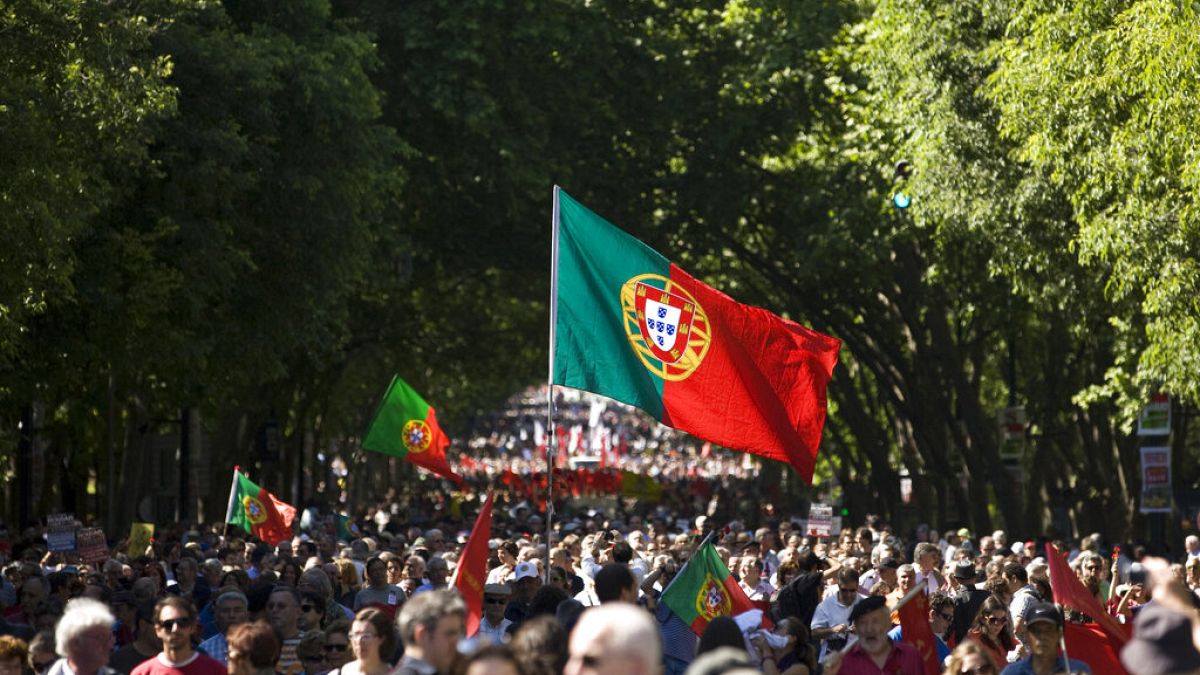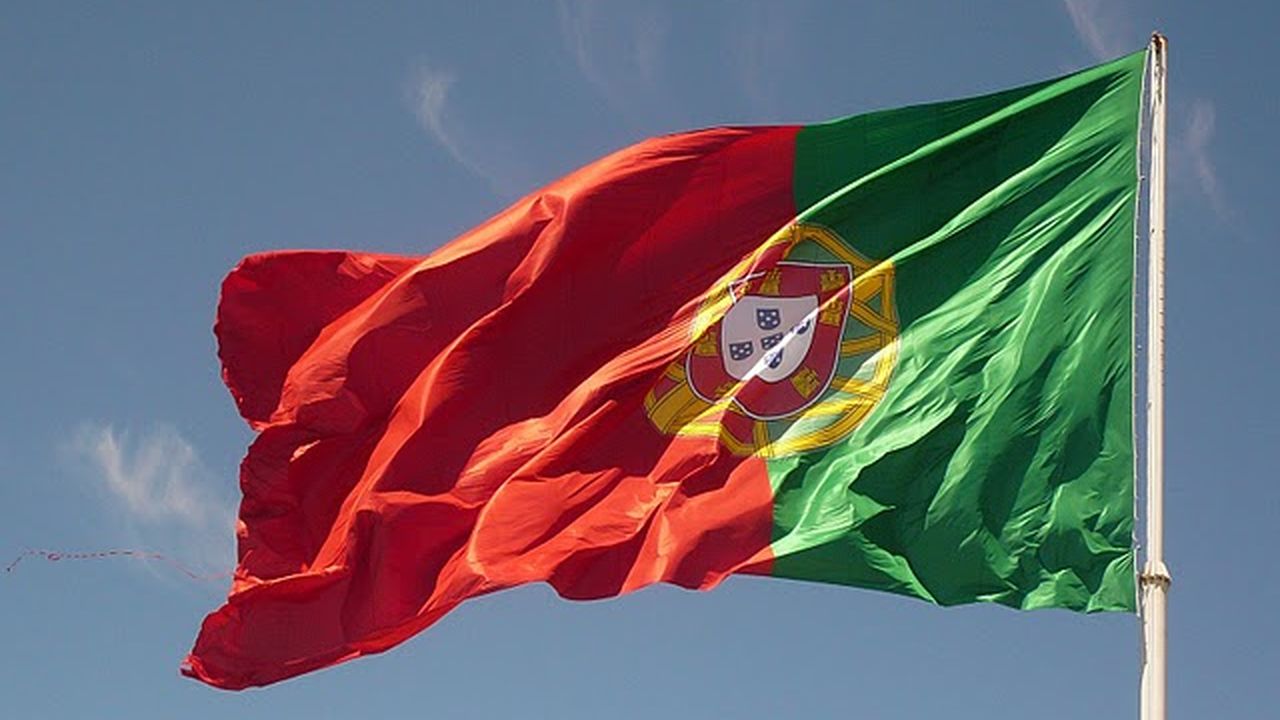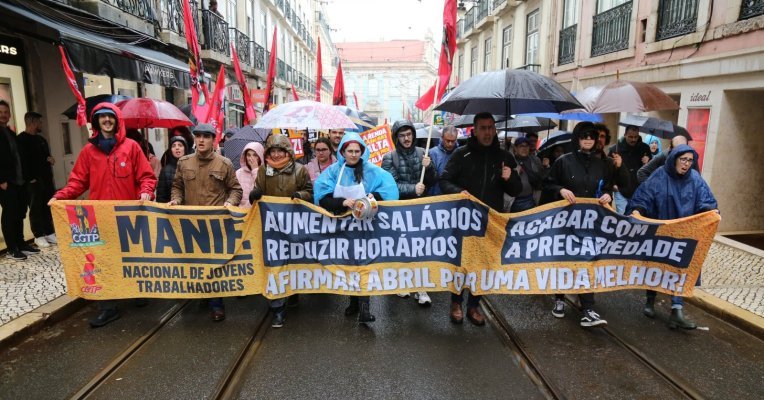
Dr
Ask the Portuguese guys about Bairrada. They will answer you without hesitation: “Sparkling wine. » In fact, this appellation produces 53% of the country’s sparkling wine, that’s 7.5 million bottles. The area is ideally located near the ocean, right between Porto and Lisbon, and the Portuguese stop there on vacation or just in time to savor suckling pig, ‘litao’, the regional specialty, bathed in bubbles that Clean the fat from the meat..
Baga, a black grape variety, sets the tone for these traditional ways. It can be supplemented with other varieties but it is the main ingredient. Wine growers make blanc de noir, rosé, and even red wines that must spend at least 9 months on the slides. If “bairrada” refers immediately to sparkling wine, it also evokes that grape with its thick skin, small bunches, very acidic and very acidic, Baga, called “tinta da Bairrada”, elsewhere in Portugal.
Production has taken a turn for the better since 1887, when Professor Antonio Augusto de Aguiar founded the Practical School of Viticulture aimed at promoting the region’s wines and improving production. Sparkling wine development was the first practice there, in 1890. Then the producers realized they had the perfect land and grape variety for this.
María Miguel Manao, export and marketing manager of the Cantanhead cooperative located about twenty kilometers away as the crow flies from the Atlantic, believes more than ever in this grape variety. It allows Bairrada to stand out from its competitors, namely Champagne and Cava, with tenderness A light and crunchy sparkling wine with luxurious bubbles, she explained. Buraydah is a small vineyard with its own character. Our sales are increasing. It even increased during the pandemic by 2% between 2019 and 2020 and by as much between 2020 and 2021.
Founded in 1954 with one hundred members, the Cantanhede Co-operative now has 500 members covering 1,000 hectares of vineyards. It bottles 90% of its harvest (that’s nearly 5 million bottles, all wines combined) and exports 40% to Brazil, the United States, the United Kingdom, Canada, Japan and even France, to the Portuguese community. espumante accounts for 25% of its production however “We always do more”María Miguel Manao confirms.
Twenty kilometers away are the Caves do Salar de São Domingos, the leading producer of sparkling beer: 4 million bottles a year, a million of which sleep in the underground cellars of the original building with its pretty pink façade. This company was established in 1937. It owns one hundred hectares and buys grapes from grape growers. Its sparkling wine keeps for up to sixty months on slices.
As for the red salted bagha, it’s another story. In fact, this variety fears rain, hence the interest in harvesting it early, and its tannins are so rustic that it took years to wait before being drunk. Until the 1990s when a revolution took place that led this red to impose itself with its notes of blackcurrant and pepper.
This change is due to two people: Luis Pato and Mario Sergio Nuno. Louis Patou, born in 1948, is Alberrada’s most emblematic winemaker. His father, João, was the first winemaker to bottle it. When Lewis took over in 1980, full of ideas and a rebellious spirit, he never stopped experimenting with softening up the grapes he loved. “Some hated it, some loved it.”.
Very quickly, this trained alchemist was nicknamed Mr. Baga. He made a name for himself in England with the great critics he rubbed shoulders with as a taster at the International Wine Challenge. On this occasion, he discovers modern wine and understands the need to get delicious wine more quickly. I’ve been doing this for forty years.He says in perfect French.
Since 1985, he’s been decluttering, green-harvest, late-picking and rounding wines by aging them in French oak barrels, a recipe that still applies today. And like all viticulture in the region, he is taking advantage of climate change which is allowing his baga to ripen in better conditions. With 56 hectares of vineyards, of which 45 are in production, Louis Bateau never stops creating new wines, from Baga but also from other grapes such as María Gomez, Bical, Kerchal and Cercalino, all white.
His friend Mario Sergio Nuno also has a nickname: le Vigneron (in French!). He is so named because he cultivates 25 hectares of vineyards and neither buys nor sells grapes, like the French grape grower. In his cellar, which is equipped with open vats made of stone used for dipping, he produces Baga red wines, sparkling wines and white wines. In addition, he distills his pomace to produce aguardente vinica and also produces fortified wine. We do it all with Baja!
“To promote this variety and encourage winegrowers to grow it, we launched Baga Friends ten years ago.”says Mario Sergio Nuno. This group of eight wine growers organizes Baja International Day each year, an opportunity for wine lovers to sample their farm’s coffee. The next event will take place on May 20, 2023.






